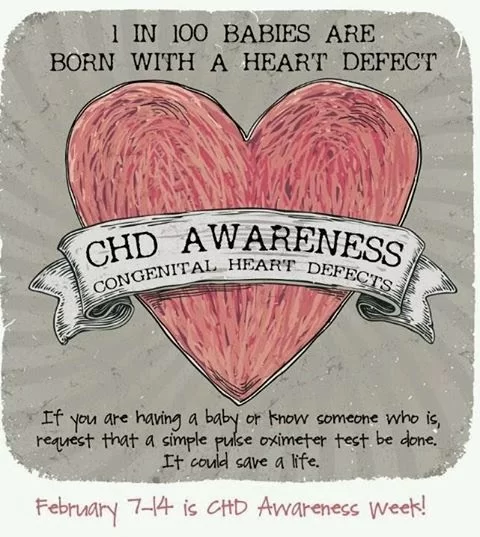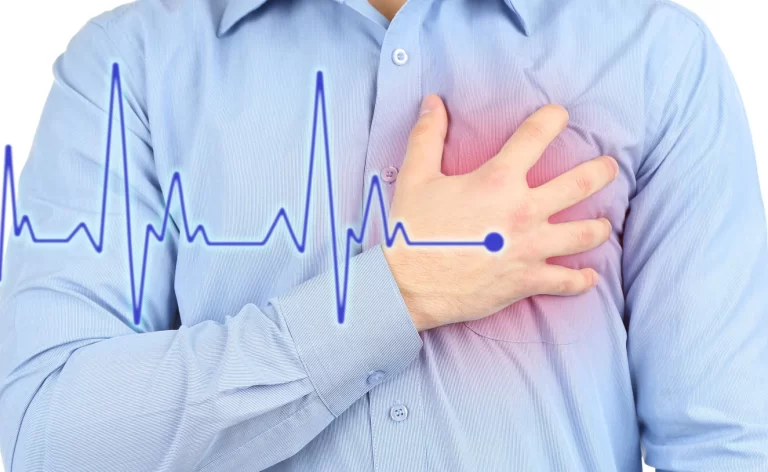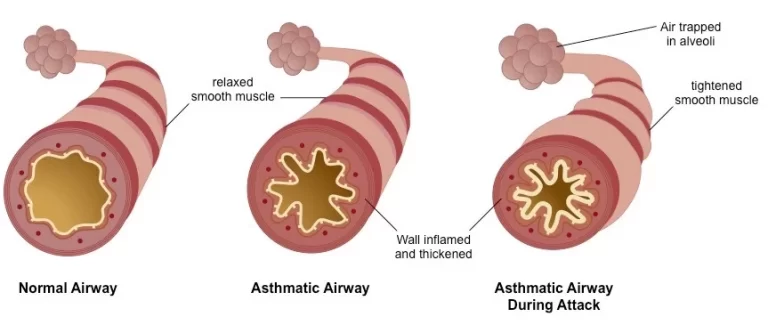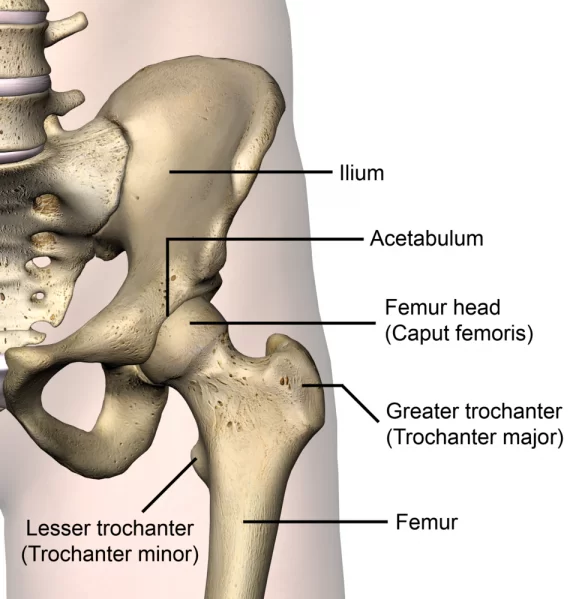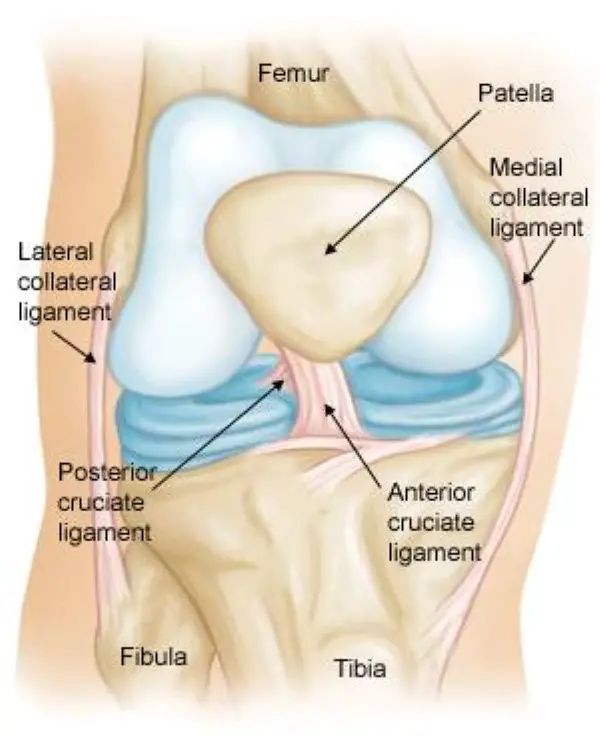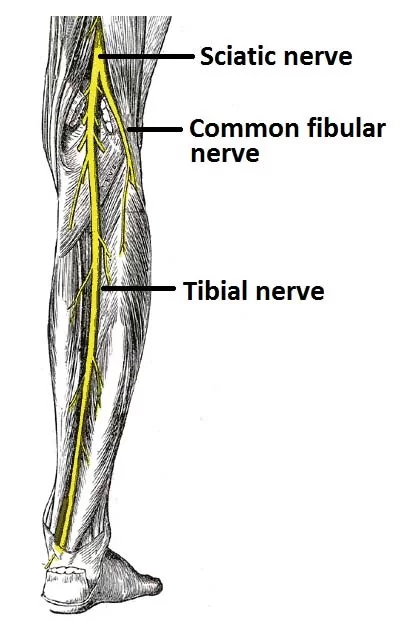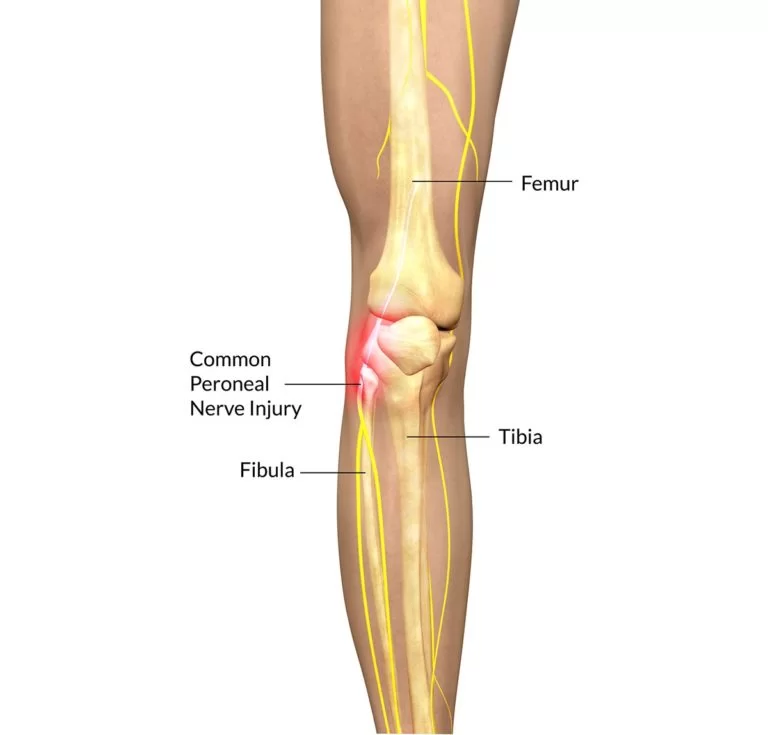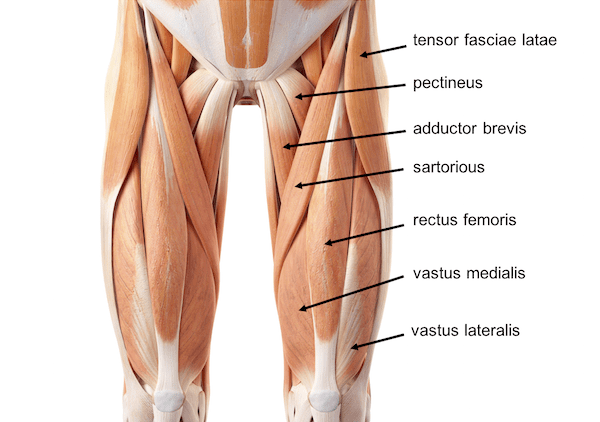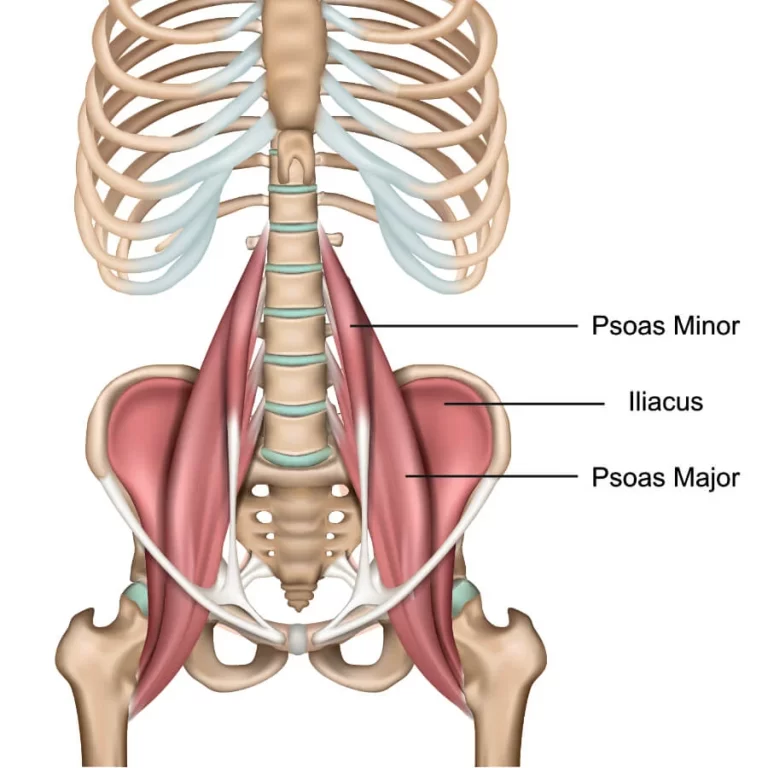CONGESTIVE HEART DISEASE
DEFINATION CONGESTIVE HEART FAILURE(CHF) is a chronic progressive condition that affects the pumping power of your heart muscles. While often referred to simply as “heart failure,” CHF specifically refers to the stage in which fluid builds up around the heart and causes it to pump inefficiently. Heart failure does not mean the heart has stopped…

